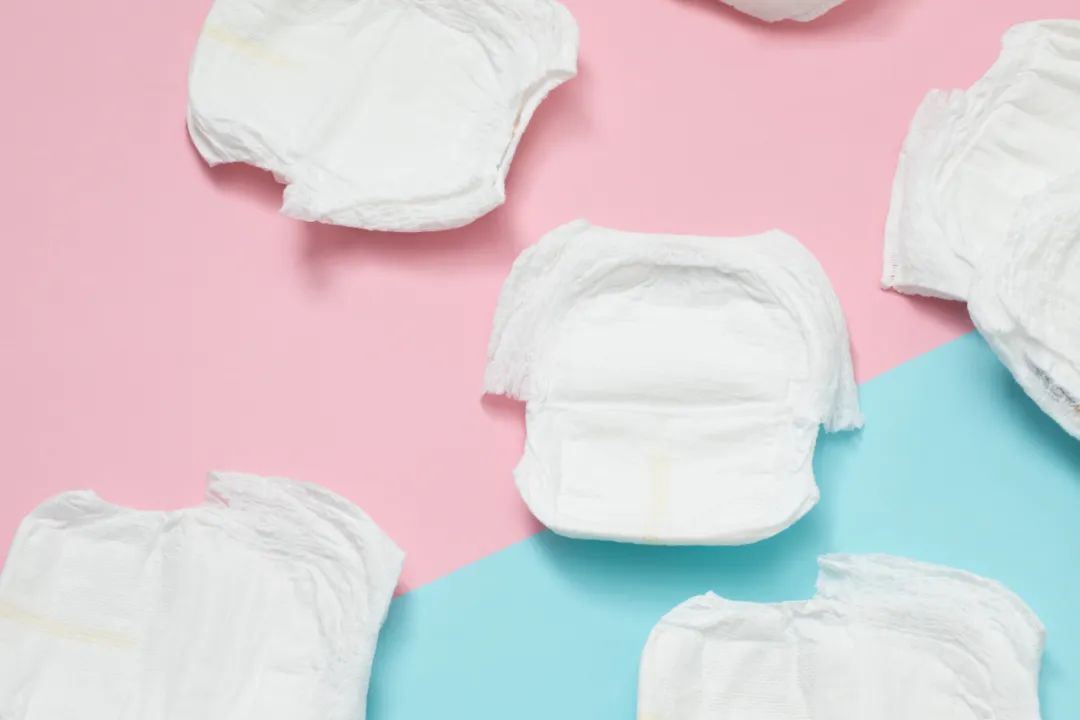In 2023, China’s baby skincare market witnesses a significant upward trajectory. As reported by Tmall International and iResearch, the market is projected to grow at a rate of 14.6%, reaching a valuation of 15.73 billion yuan. A fascinating development in this market is the surge in online sales. With ecommerce and cross-border trading flourishing, online channels are expected to account for more than half of the total market share by the end of the year.
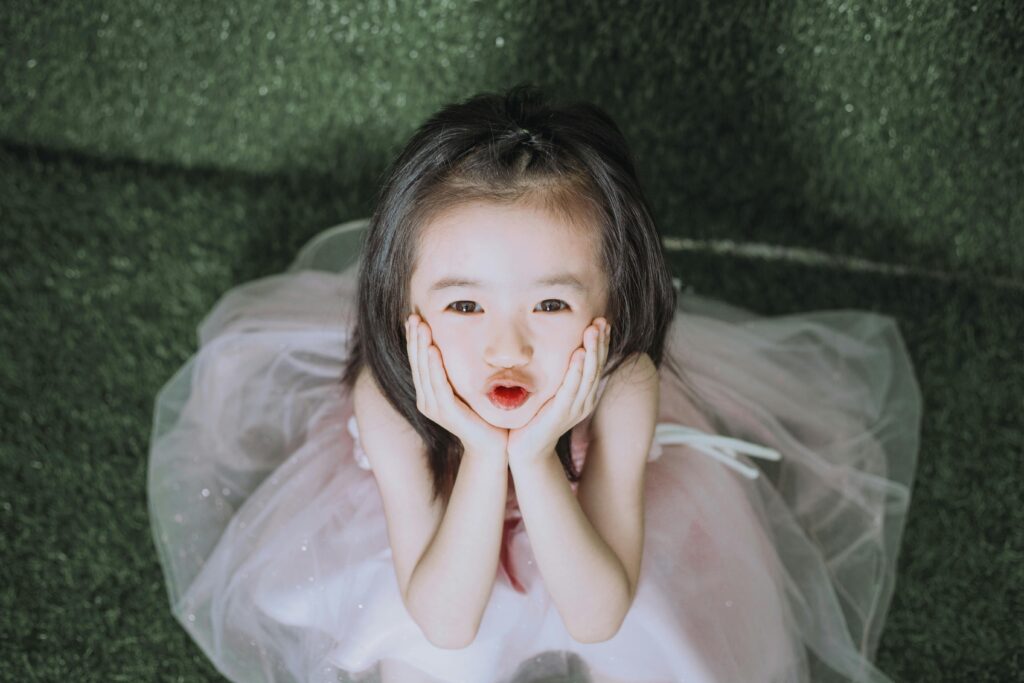
01. China’s Baby Skincare Market development overview
National consumer spending power has seen solid growth with a considerable portion dedicated to child-rearing expenditures.
Over seventy percent of families spend more than 25% of their total consumption on child-rearing. In 2022, per capita consumer spending in China was 24,538 yuan, indicating a robust improvement in the nation’s consumer capacity. Child-rearing expenditures are relatively high within Chinese family budgets, with 47.6% of families spending 25%-50% and 15.6% spending 50%-75% on child-rearing costs. Against the backdrop of economic growth, consumer upgrading, and the deepening of scientific child-rearing concepts, families are increasingly focusing on the details of child-rearing and stepping up their investment in consumption.
The China’s baby skincare market has been growing steadily, with expectations for a growth rate of over 14% in 2023, and the growth rate is projected to remain at approximately 8% in the following three years.
Affected by the COVID-19 pandemic and the closing wave of offline maternity and baby channels, there was a temporary decline in the baby and toddler skincare industry’s market size in 2022. However, with the gradual recovery of the social economy after the pandemic, the overall market is expected to return to a growth trend. It is anticipated that in 2023, the growth rate of China’s baby and toddler skincare market will reach 14.6%, with a market size of 15.73 billion yuan.
New-generation parents with strong awareness of scientific parenting are gradually cultivating a consciousness for functional skincare.
In 2022, media coverage of functional skincare spiked by 57.9% compared to the previous year. From the consumers’ viewpoint, modern parents, especially those born in the 90s and 95s, are evolving from basic needs to more sophisticated and scientific parenting modalities, extending beyond mere satiation and warmth to a more comprehensive approach to “scientifically balanced nurture and care”. Thus, the demand for childcare has shifted from basic sustenance to a focus on specific issues like skincare, which has led to a burgeoning interest in functional skincare products aimed at solving pediatric skin problems.
The China’s baby skincare market is moving towards product refinement, keeping pace with the evolution of consumer demand and parenting philosophies.
Major brands are strategically developing products tailored to the unique skin characteristics of babies and toddlers. According to observations by iResearch, the market now offers products segmented by age, gender, season, day/night, and skin type, with still more niches yet to be explored.
Favorable policies are enhancing the development of cross-border e-commerce and the China’s baby skincare industry, continuously refining, and aiding the growth of the cross-border China’s baby skincare sector.
On the policy side concerning cross-border skincare products, national strategies and regulations are being optimized. In terms of e-commerce supervision and services, there’s a strengthening of the specific rules for e-commerce and cross-border e-commerce platforms and the planning of the industrial chain layout, propelling high-quality, rapid development of China’s cross-border e-commerce; laws and regulations specific to the China’s baby skincare industry are gradually improving, encouraging the production and R&D of children’s cosmetics, reducing consumers’ purchase decision costs and concerns; the “Children’s Cosmetics Supervision and Management Regulations” released in October 2021 stipulate that children’s cosmetics formulation design must adhere to a principle of essential efficacy.
For online channels, the past three years have seen a continuous expansion in consumer spending share.
Comprehensive e-commerce and cross-border e-commerce platforms are driving the growth of online channels. Offline channels, traditionally dominated by maternal and baby stores, have historically been the mainstream for baby skincare product sales. However, with the sustained development of online e-commerce in recent years, the proportion of online channel sales in the baby skincare market has continuously increased. It is expected that in 2023, online channel sales will surpass offline channels, reaching a market share of 50.9%. Within the online market, Tmall holds the majority portion of sales, leading the rapid growth of the online cross-border baby skincare market.
Domestic and international brands coexist in the China’s baby skincare market, with the market still generally led by international brands.
In the past two years, international brands have accelerated their entry, and domestic brands have also entered the arena, with overall market prospects expected to continue growing.
Baby moisturizers/face creams and lotions occupy major market shares, while diaper rash creams, children’s facial cleansers, and lip balms have seen faster growth rates.
Baby moisturizers and face cream lotions account for a stable segment leading market growth, with social media discussions around these products showing higher engagement. Diaper rash creams, children’s facial washes, and lip balms are becoming more prominent in discussions; as the future child populace trend in China evolves, these categories show considerable market potential.
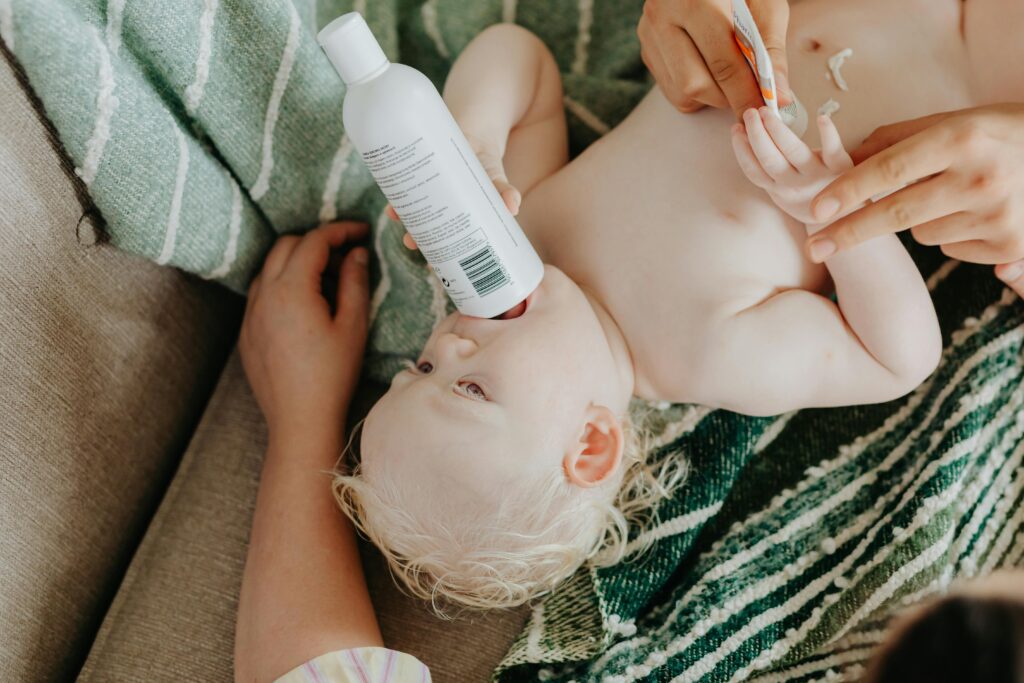
02. The baby skin characteristics and care
The baby skin structure significantly differs from that of adults, with an infant’s stratum corneum being about 30% thinner than a healthy adult’s.
The skin, being the largest and most externally interactive organ, performs its function based on its structural characteristics. In the infant and toddler phase, as the skin structure is still developing, the barrier function of the skin is not fully mature.
Daily baby skin care principles and the care requirements at different stages.
Typically adhere to a balance of cleansing and protection, with different needs for bathing, moisturizing, and sun protection at various ages. The basic principle of infant skin care should be “not excessively washing nor insufficiently moisturizing,” maintaining a balance. Each age stage of infants has unique features that require tailored daily care, such as cleaning, skincare, and sun protection.
In addition to basic skin care, infants and toddlers require individualized care with attention to cleansing, moisturizing, and sun protection. This care ought to focus on safeguarding the base strength of the skin using safe, gentle product ingredients.
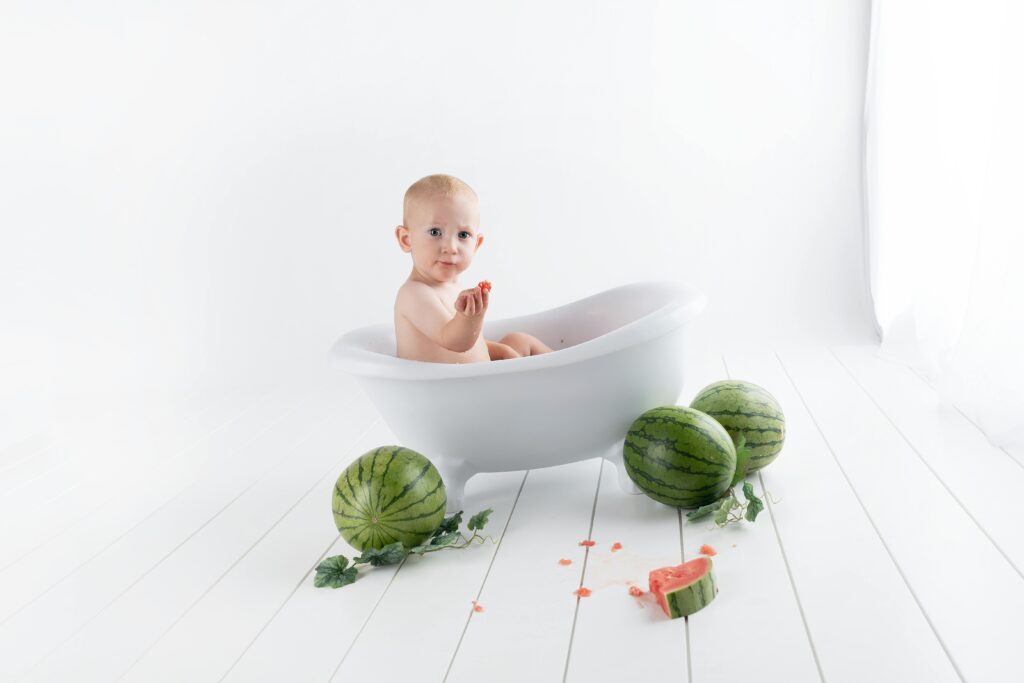
03. Baby functional skin care user insight
Cross-border consumption demographics for baby and toddler skincare products are notably illustrated by higher-income mothers, mainly those born in the 90s and 95s from first- to third-tier cities. Overall, these young mothers drive the purchasing decisions for baby and toddler skincare products; females, comprising up to 90% of the buying population, and those aged 26-35 years old, make up 70% of this demographic. From the perspective of urban economic development levels, first- to third-tier cities have a higher consumption proportion; likewise, individuals with higher income levels consume more.
For cross-border baby skincare consumer behavior, the primary consumption is concentrated on mid- to high-end products priced above 65 yuan.
In 2022, there was a significant increase in the average number of consumption days per capita. Over 60% of baby skincare product spending is on items priced over 65 yuan, signaling a preference for mid- to high-end products. In the same year, per capita consumption days increased across cities of various levels, indicating an uptick in the frequency of baby care consumption.
Consumers tend to use social media channels to discuss baby skincare products, with the top three sources in 2022 being Weibo, short video platforms, and Xiaohongshu (Little Red Book). Notably, short video platforms have seen a significant increase in popularity since 2021. The topics of discussion mainly arise from normal users sharing their experiences and strategies, centered around care guides and product recommendations.
Parental concern for the effectiveness of baby skincare products has significantly heightened, focusing on moisturizing, repair, anti-allergy, and sun protection functions. When discussing baby skincare products, safety of ingredients is the primary concern for parents, followed by gentle and non-irritating formulas, as well as the performance effect, with the latter’s mention notably rising. Moisturizing, nourishing, and soothing functions are favored, with interest in texture, repair, and sun protection functionalities increasing rapidly; ingredients like calendula, oats, plant extracts (such as imitation vernix, sunflower, and avocado), and active components (such as ceramides, amino acids, and B5) are experiencing a rapid increase in mention.
Discussions concerning baby skin issues are prevalent, often involving common problems such as eczema, dryness, peeling, and redness. Social media discussions pivot around these issues, and they can vary among different ages and seasons. In response to baby skin issues and functional needs, there is a consistent focus on moisturizing and nourishing effects throughout all stages of childhood, as well as targeted demands for age-specific skin problems.
Seasonal changes significantly impact skin issues and influence product choices. For all seasons, baby lotions and creams are staples. Each season brings its specific skincare focus: spring brings allergenic sensitivities and issues like redness and eczema, with social discussions centered on repairing, soothing, and anti-itching effects; the heat of summer leads to concerns like diaper rash, sunburn, and acne, highlighting the need for repairing and cooling sensations; autumn and winter’s dryness provoke issues like peeling and eczema, putting a premium on moisturization and repair.
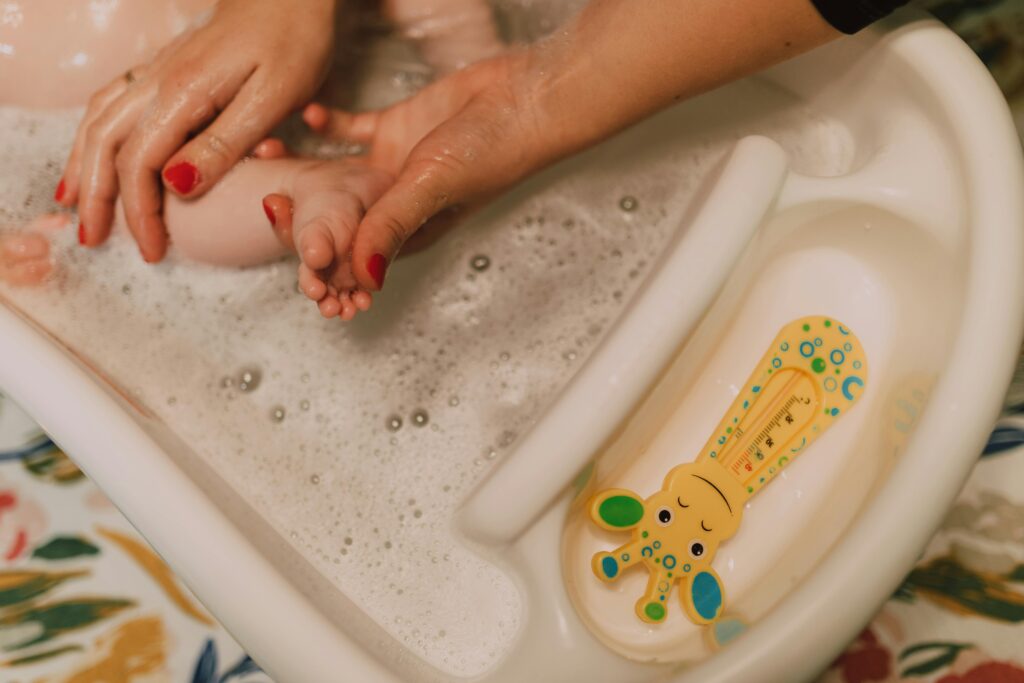
04. Baby functional skin care market trend insight
On the demand side, there’s an emergent trend of functional baby skincare. Besides basic hydration and cleaning, there is growing interest in skin barrier repair and skincare effectiveness, evidenced not only by social media’s focus on the subject but also by the sharing of problems and hands-on experiences.
On the supply side, product technology and ingredient development remain led by international brands, which, due to their head start and extensive experience, display greater sophistication in technology, ingredients, and product innovation. However, Chinese brands are beginning to invest more in the research and innovation of baby skincare products, indicating that the local market is starting to challenge the dominance of established international players.
The potential trend for functional skincare in infants and children specifically focuses on intensive moisturization, gentle soothing, strong restoration, and skin-feeling sun protection—these areas have gathered high levels of attention. Based on the functional needs of parents for childcare skincare, subdivided tracks such as specialized moisturization, gentle soothing, effective restoration, and skin-feeling sun protection have significant development potential. The main categories in these tracks involve products like baby creams/lotions, moisturizing milks, diaper rash creams, and baby sunscreens, with a primary focus on natural plant extract ingredients.
In the brand matrix of trend tracks in the China’s baby skincare industry, mainstream European and American brands like Aveeno and Mustela lead the intensive moisturization track. The gentle soothing track is more specialized and includes many brands with medical/pharmaceutical backgrounds, such as Mama & Kids and QV. Established brands with a long history and profound scientific foundations, like Bayer Bepanthen and Weleda, dominate the effective restoration track. Meanwhile, the sunscreen track is occupied by specialized infant and child care brands and the children’s product lines of mainstream sunscreen brands.
Intensive Moisturization Trend:
Ingredients/Technologies: Plant biomimetic vernix, squalane, and plant-based skin lipid film
For situations where baby skin is barrier-impaired or nutritionally deficient, basic moisturization is insufficient. The focus is on strengthening the skin itself by supplementing it with skin-friendly natural lipids and protective proteins to help develop the baby’s skin barrier. Ingredients like biomimetic vernix and plant-based lipid films mimic the lipid components of human sebum, forming a moisturizing protective layer on infant skin to nourish and support the development and repair of the skin’s barrier function.
Trend Ingredients: Panthenol B5, avocado lipids, sunflower seed oil
As infant and child skin structure is not fully developed and lacks natural moisturizing factors, daily care requires skincare products that are good at hydrating and replenishing moisture. Panthenol B5 helps improve skin hydration and address keratinization issues like roughness and flaking. Ingredients like avocado lipids help replenish physiological lipids with moisturizing, humidity retention, and occlusive effects, increasing water content in the stratum corneum and repairing the skin barrier.
Gentle Soothing Trend:
Ingredients: Amino acids, ceramides, plant-based squalane
Babies with sensitive skin or those prone to skin problems may rely on thick oil barriers for protection, but during seasonal changes and environmental pollutants or temperature shifts, basic moisturization is not ideal.
Ingredients like amino acids, ceramides, and plant-based squalane are important components of the skin barrier. In special scenarios such as seasonal transitions, products containing these ingredients help the skin retain moisture and resist external irritants, promoting skin repair and regeneration.
Effective Restoration & Skin-feel Sun Protection Trend:
Ingredients: Calendula, Italian Helichrysum
The restorative effects of ingredients like calendula are quite strong, deeply moisturizing the skin and repairing damaged areas, promoting rapid healing and regeneration of the skin—suitable for treating conditions such as diaper rash in infants. Children’s skin is more susceptible to harmful effects from solar radiation and is among the demographics that require the highest degree of sun protection. Therefore, children’s sunscreen needs specific formulations that consider both sunscreen efficacy and sensory experience, making sunscreen application enjoyable for infants.
As we face the future, the China’s baby skincare market is expected to nurture innovation, cater to discerning parental demands for scientific nurturing and combat the challenges of varied skin needs through increasingly specialized products. In essence, the pillars of China’s baby skincare trends are underpinned by a commitment to health, scientific parenting, and a burgeoning market facilitated by ecommerce platforms.
Keywords:




